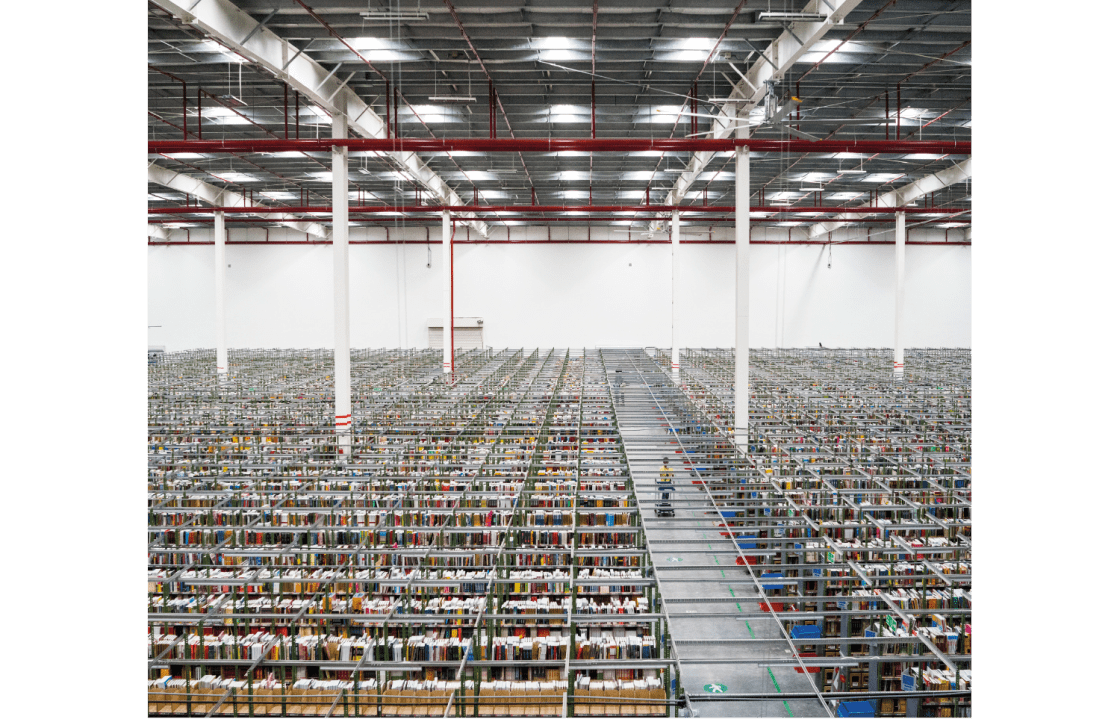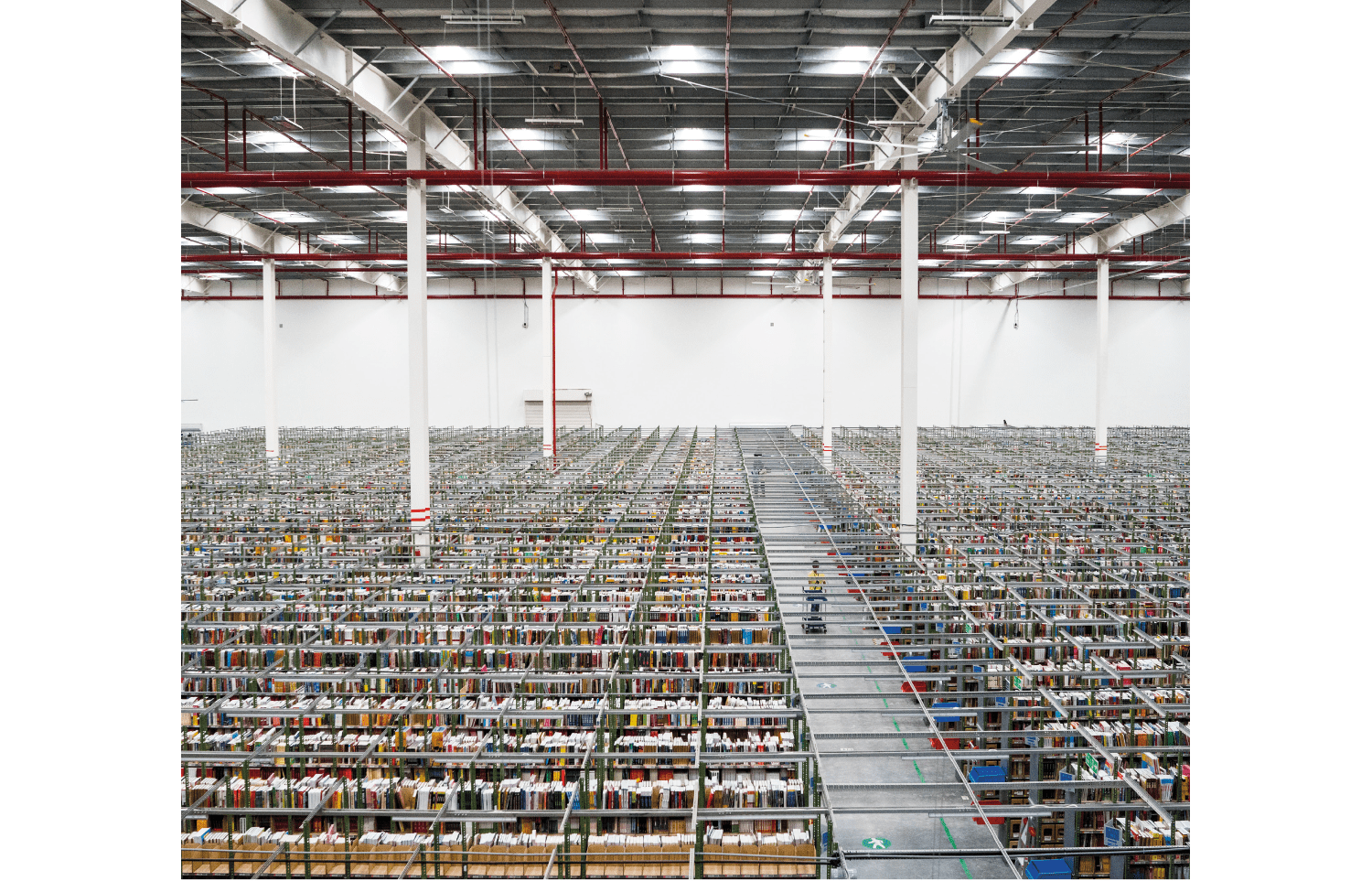What was neoliberalism? In its most recent iteration, we think of the market seeping into every minute corner of human existence. We think of privatisation, off-shoring and the parcelling out of services to the highest bidder. Neoliberalism takes the proud liberal individual – in pursuit of his or her happiness, rather keen on freedom – and shreds them through a mean-spirited calculator to come up with some sort of shrunken market midget, an efficient risk-evaluating robot.
Neoliberalism takes the proud individual and shreds him or her through a mean-spirited calculator
Yet even though the market is supposed to be the arbiter of everything, repeated state intervention appears to be necessary to sustain this otherwise perfect economic vision. (The banks that were ‘too big to fail’ in the wake of the economic crisis of 2007/8 is an obvious example.) As William Davies puts it in The Limits of Neoliberalism, what needs to be explained is ‘how the economic critique of the state can be employed precisely so as to legitimate, empower and expand the state’. Thus our utilities are owned not by competent billionaires but by other nations (Germany and France in particular), faulty machines are believed over honest Post Office employees and the working class are subject to the destruction of everything they value so the state can flog off every last asset.
We might conclude, then, as the Museum of Neoliberalism does, that neoliberalism is not a neutral economic vision designed to make the whole world shiny and convenient, but a political decision, or rather, a whole series of them. As curators Darren Cullen and Gavin Grindon put it in their introduction to the exhibition, neoliberalism is ‘an obscure and extreme ideological cult of the 1970s… which rose to power and now continues to shape all of our lives in dramatic and often terrible ways’. They make the point that these ideas were neither universal nor inevitable.
The deeper question of whether neoliberalism continues to adequately describe our moment is also raised by this interesting, crowded, wordy display, which often switches tenses between exhibits, with wall labels often beginning with the phrase ‘neoliberalism was’.
The show’s subject – abstract, hard to pin down – suits the past tense. It creates an appropriate level of distance. Ideology is the water we swim in. To present a history of the present, to make the ‘now’ the subject of history by interning it in a museum, is already to crack the carapace of what we unthinkingly accept as ‘normal’. In this regard the Museum of Neoliberalism is both effective and humorous: we can both imagine a future perfect in which neoliberalism will have ended and, at the same time, we get a new perspective on the present that prompts critical reflection.
The location of the gallery – which operates as a studio and perhaps even living quarters – is also ideally, if depressingly, matched to its topic: next to a launderette in a shopping centre scheduled for demolition in a part of town that, like much of the country, has seen better days. The dereliction of south-east London’s 1960s Leegate Shopping Centre, its graffitied shutters and lone pedestrians, points to a world in which all human life has been reduced to its most minimal, fungible profitability.
The style of the exhibition poses a tricky question of medium. Drawing on situationist ideas, the show, a tentative prototype for a much larger exhibition, uses many of the subversive techniques of détournement – the overplaying, inversion and reversal of existing signs, symbols and objects in order to alienate the familiar. In this sense, the show harks back to the era of anti-globalisation protests, of groups such as Space Hijackers and Adbusters and other forms of culture jamming that take adverts, brands and corporate spaces and draw attention to the violent absurdity of our supposedly neutral reality. This type of cultural work reached its height in the early 2000s, but was a dominant presence throughout the 1990s, with parodic adverts drawing attention to poor working conditions, and corporate logos redrawn to expose the reality of capitalist forces. This kind of humorous double-take requires a pre-existing literacy with the controlling signs and symbols of the corporate class.
It’s not clear, however, that any of us still have the media literacy required to take ‘subvertising’ and other parodic and ironic forms as meaningful critiques. The era of advertising depended on people having enough money to buy commodities, for one thing. On top of this, the internet has smashed our ability to read and see by barely allowing anyone enough time to step back and think, let alone critically reflect. Détournement presupposes a high level of visual and critical facility that may well have faded.
The use of irony, pastiche, parody, analogy, allegory and humour has, in many places, ceded to a new literalism in which the play of signs is no longer understood as an opportunity to work out what one thinks for oneself, but rather poses a danger: what if this cartoon frog is actually evil? How can we tell if this person making off-colour jokes is funny or not? It’s very hard to remain calm if the culture is permanently inducing the fear that, if you get it wrong, you’ll lose your job and your friends will abandon you.
In this sense, it is good to be reminded by the show of the near distance between us and these techniques. The Museum of Neoliberalism is, at its heart, deeply human and humane. It begins with the intuition that human beings are not machines (one chilling display contains a Motorola hand terminal from an Amazon ‘fulfillment centre’ that orders you around and tracks your efficiency – yet this is a common feature of the gig economy, and used not just by Amazon). It illustrates that the purpose of humanity is not to be dominated by the market and that the purpose of life is not to be ‘efficient’. It points out that this obscure ideology isn’t even borne out by its enforcers, because not only does it not make anything better for the vast majority, it doesn’t even work on its own terms and depends upon the state for its fake independence from it.
One of the most moving exhibits is a slice of wall from Grenfell that has the deadly cladding on one side – truly one of the most grotesque examples of neoliberal cost-cutting to have ever occurred in the UK – and the wallpaper from a family home on the other. In this sense, the exhibition makes clear the true meaning of cost when humanity itself is rendered just another node of the market, and not the source of value itself.
We perhaps don’t know what comes ‘after’ neoliberalism, whether we are in the zombie phase of the ideology, or whether we have already moved on to something possibly even more devastating – but the Museum of Neoliberalism certainly helps us to understand how we got here.
The Museum of Neoliberalism, Leegate Shopping Centre, Eltham Road, London SE12, is open Thursday to Sunday until 15 September.








Comments